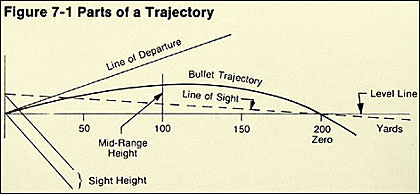I spent the first time with a New Army revolver at the range. I do not see a "brand" name on the revolver, it just says NEW ARMY MODEL .44. It is all steel but the backstrap.
It came with a powder flask with spout that I measured at 28 grain volumetric.
I used .454 balls. I tried 2 loads:
28 grain FFFg, .455 card, .454 ball and,
30 gr Pyrodex pellet, .455 card and .454 ball.
I used some CCI #10 caps and some Remington #11 caps.
At 12.5 yards my grouping was just 1" high and centered with the 6-shots going into a 3.5" group. I tried to shoot some 25 yard shots using a pistol rest from the bench. The group opened to 8" and the shots landed about 10" high.
Does anyone care to speculate why there is such a huge difference in point of impact between 12.5 and 25 yards? I've never experienced that amount of difference with centerfire pistols so I am not familiar with potential causes.
Any suggestions for a different load that may make an improvement in POI or group size?
Do I need the card wads? I was told by the only black powder pistol person I know that they are intended to prevent double fires but if the ball is big enough they may not be necessary. He also told me some people just set the ball on the powder and put lube over the ball for the same purpose. Is any of this a necessity? Could I put the card over the ball instead?
This was a gift from a friend who inherited it from his brother many years ago. It is a nice, clean revolver and fun to shoot. I'd like to make it a tad more interesting by improving the POI and group size.
Thanks!
It came with a powder flask with spout that I measured at 28 grain volumetric.
I used .454 balls. I tried 2 loads:
28 grain FFFg, .455 card, .454 ball and,
30 gr Pyrodex pellet, .455 card and .454 ball.
I used some CCI #10 caps and some Remington #11 caps.
At 12.5 yards my grouping was just 1" high and centered with the 6-shots going into a 3.5" group. I tried to shoot some 25 yard shots using a pistol rest from the bench. The group opened to 8" and the shots landed about 10" high.
Does anyone care to speculate why there is such a huge difference in point of impact between 12.5 and 25 yards? I've never experienced that amount of difference with centerfire pistols so I am not familiar with potential causes.
Any suggestions for a different load that may make an improvement in POI or group size?
Do I need the card wads? I was told by the only black powder pistol person I know that they are intended to prevent double fires but if the ball is big enough they may not be necessary. He also told me some people just set the ball on the powder and put lube over the ball for the same purpose. Is any of this a necessity? Could I put the card over the ball instead?
This was a gift from a friend who inherited it from his brother many years ago. It is a nice, clean revolver and fun to shoot. I'd like to make it a tad more interesting by improving the POI and group size.
Thanks!






